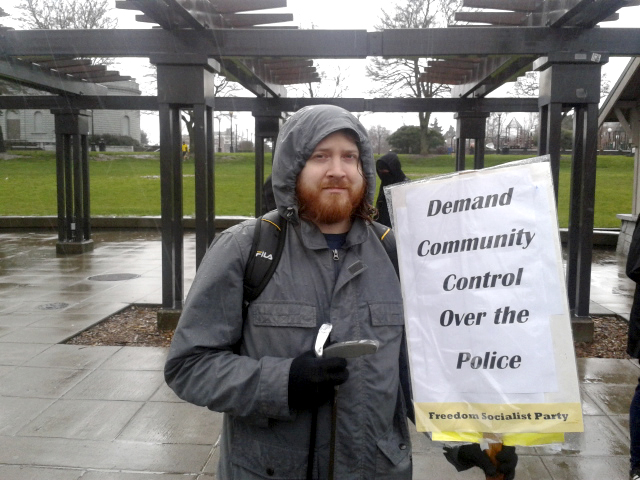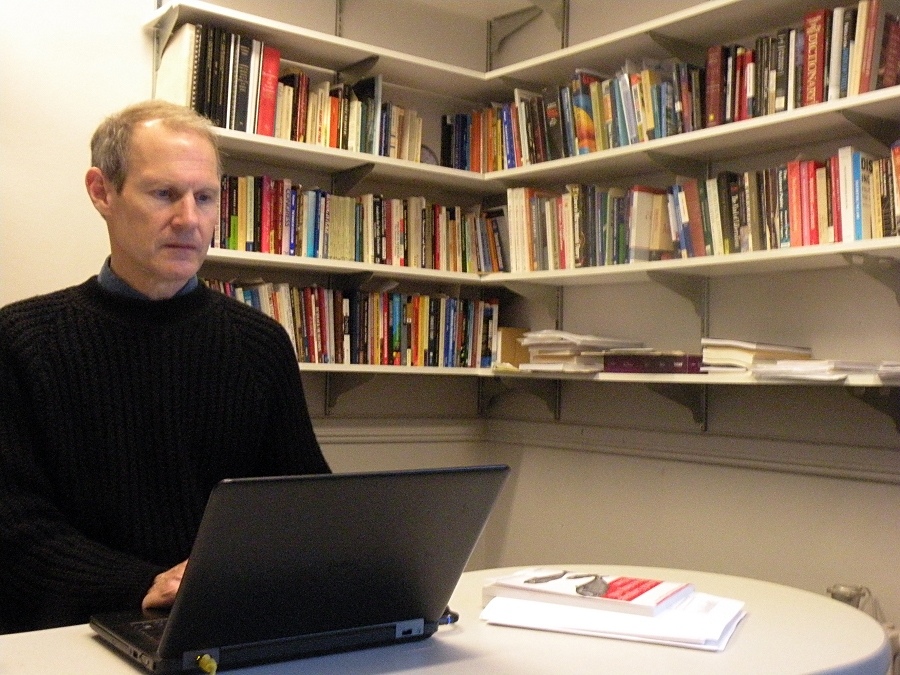Let’s be honest. No one wants to do the budget. At best, it’s dreadfully tedious; at worst, downright depressing. So it’s fair that the average Seattleite might balk at the idea of doing the city’s budget. Yes, those are our tax dollars, but who has time to pore over line items for bulk handtowels in the City Hall washroom? To be clear, that is not what participatory budgeting is. As a growing list of proponents will tell you, participatory budgeting is not depressing, but rather an empowering process that has worked in cities around the world. Seattle City Councilmember Nick Licata and the Seattle City Neighborhood Council have been holding forums to discuss bringing the concept to Seattle, the next of which will take place on Monday, March 23*. Here’s what you need to know.
How does it work? “Every city’s different,” said Licata at a forum last month. “You can’t borrow the entire program from somewhere.” That said, most participatory budgeting involves dividing a city into regions, asking the citizens of each region to propose projects that would use a set amount of city funds, and then having a vote. Participatory-budgeting proponents claim that the success of projects across the U.S. has helped battle the ill effects of gentrification and lift up more impoverished neighborhoods.
How are funds allocated? In 2009, Chicago’s 49th Ward executed the nation’s first participatory-budgeting project. Citizens there talked over their community’s needs, reflected on those plans, and voted into action projects totaling $1.3 million. Since then, three additional wards have been added to the project. Seattle hasn’t had wards since 1910, but as of this fall’s election, it will have seven council districts, and it’s possible that a participatory-budgeting process could follow those district lines. In 2012, however, Vallejo, Calif., became the first city to allocate funds on a citywide basis. So, what would it look like in Seattle? At this point, it’s just too early to tell.
What kinds of projects? Participatory-budgeting projects often favor capital spending—that is, only stuff that can be built—because programs, the other potential type of spending, usually have to be funded again every year. If they aren’t, the city’s investment is essentially lost. At the forum, Licata made sure to point out that he’s looking to implement the process slowly, and is by no means interested in replacing the city’s entire discretionary budget or the process of passing it through the City Council. “If we think about this here as a sort of pilot project, maybe we want to focus on what is doable within the context of at least using some money to go through the exercise of voting. To try out what works and doesn’t work.”
news@seattleweekly.com
*The meeting will take place from 6 to 8 p.m. in Room 370 at City Hall.








